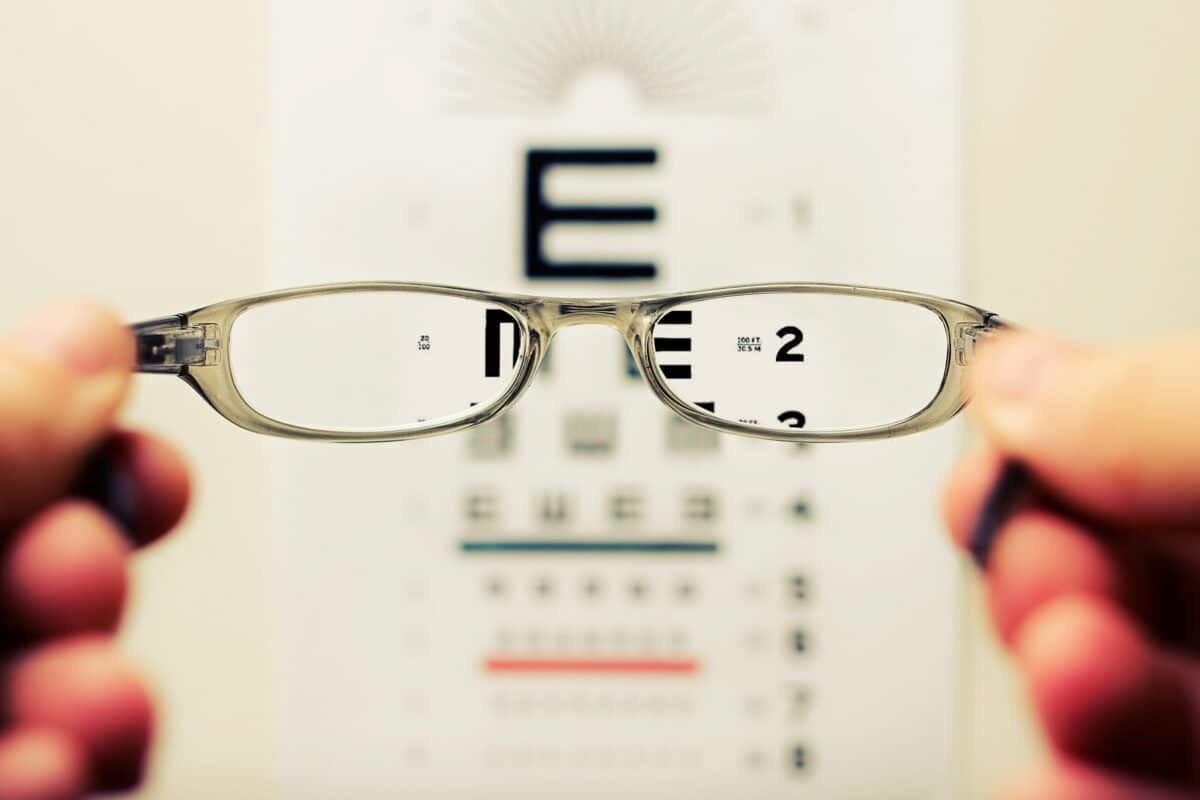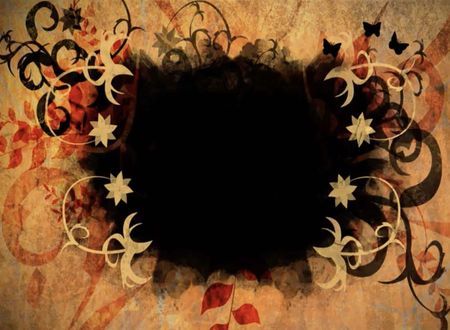“Looking back, I should not have married him”.
“In retrospect, I made a bad decision”.
“I should have bought Apple stocks in 2003.”
“Hindsight is 20/20.”
How many times have you heard people say these things? And how many times have you come away believing that they made a bad decision?
Here is a shocking thought. They may not have made a bad decision at all.
Dividing the World into Black and White
Humans beings are not good at processing complex models of the world. We prefer simple explanations, even if they are wrong. We love seeing the world as black and white. As right and wrong. As good and bad.
The real world, however, doesn’t fit nicely into these boxes.
We may make a good decision that may not turn out well. We may make a bad decision that works like a charm.
Shades of Grey: Thinking in Bets
Poker champion Annie Duke has authored a superb book Thinking in Bets where she applies poker principles to life.
Chess is a deterministic game. If your calculations are perfect, you win the game. Simple. Poker, on the other hand, is a probabilistic game. (So is bridge, for those of you who know that I am a bridge player). There is uncertainty. There is no guarantee of taking the winning action on every hand. One can, however, make a move that has a high chance of doing well. Duke calls this approach “Thinking in Bets”. For example, “I make this move. I estimate its success to be 90%”.
Life is more like poker than chess.
There is a lot of uncertainty. Duke argues that we must think in bets in life as well. This is the antidote against dividing decisions into black and white.
Replace
“I made the best decision ever possible.”
with
“I made this decision, which seems to have excellent odds of success. If I had to estimate, I would say there is a 95% chance of doing well”.
Replace
“This decision looks lousy.”
with
“This decision appears to have a low chance of succeeding.”
Replace
“Meh.”
with
“This decision sounds like it has less than average chances of success. I’m therefore going to reject it”.
Hindsight Bias (or Resulting)
Hindsight bias is when a person looks at the event after it has happened and believes that they could have predicted the outcome.
If Mike did not buy Google Stock in the late 1990s, he might be telling himself that he should have bought it then. Why? Because it is doing well today.
Mike’s thought process is textbook hindsight bias.
For starters, Google tried to sell the company to Yahoo in 1999. Yahoo rejected the sale. The rest, of course, is history. If Mike had indeed bought Google stocks and if its value went down as a result of the sale to Yahoo, Mike would be telling himself a different story.
Hindsight bias has another name in poker and bridge circles: resulting. “Resulting” is considered a pejorative in the expert circles. The expert community calls a person who routinely engages in resulting a “result merchant”.
Process-Oriented Approach: One Long Bridge Game
“Life, like poker, is one long game, and there are going to be a lot of losses, even after making the best possible bets”. -Annie Duke
Annie Duke outlines the mindset of expert poker players. They don’t worry about the result of each poker hand. They analyse each hand to see if they have done their best with the information that they had, so that they improve their overall understanding of the game.
In other words, they consider their entire poker career as one long poker game. They look to make decisions that maximise their chances in the long run. I am a bridge player, so I look at my bridge career as one long bridge game. This applies to all fields. A musician can look at their music career as one long concert.
For example, if a play has a 70% chance of succeeding. Those are good odds. If Annie makes this play in 100 hands, she will come out victoriously in 70 of them. oday, she might lose by making this play – this comes under the 30% category, which she would acknowledge gracefully.
A process-oriented approach is an excellent way to live.
Step one: Identify high-quality processes.
Step two: Follow the process.
Step three: Periodically review the processes and refine them.
The Importance of Constructive Post-Mortem
If hindsight is not 20/20, then do we ignore what just happened and keep moving ahead?
Nope.
We need to learn from what happened. Incidentally, this is why we study history: to learn from the past. Did we make the right decision given the information? Or could we have done better?
This kind of constructive post-mortem helps us make better decisions in the future.
Notice how this is different from resulting. Resulting says “Decision X would have led to a good result, so I should have done it”. In contrast, here we focus purely on the decision-making process, regardless of the outcome.
The Last Word
The next time someone tells you that hindsight is 20/20, you smile. Because you know that hindsight is not 20/20.
Image Credit: David Travis from Unsplash









Comments & Discussion
36 COMMENTS
Please login to read members' comments and participate in the discussion.